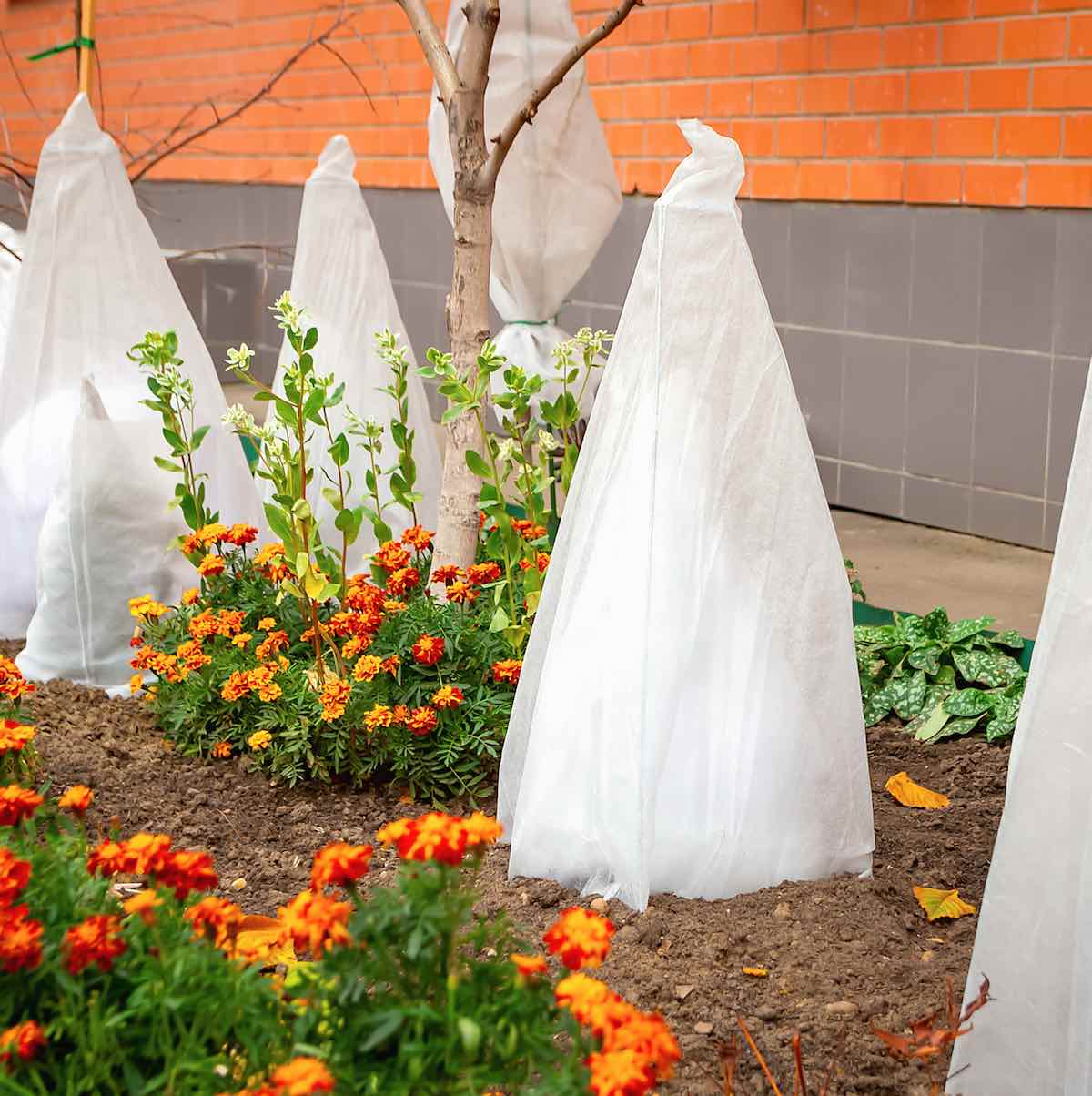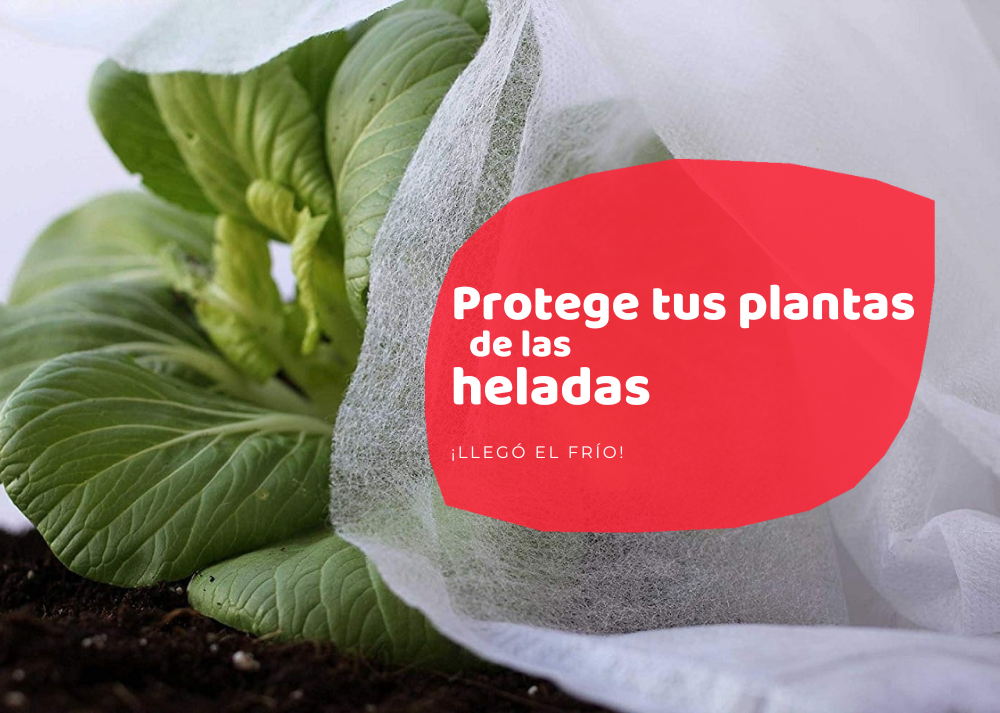Protecting your plants from the cold doesn’t have to be a daunting task. Whether you’re a seasoned gardener or just starting out, understanding how frost and freezing temperatures can affect your plants is crucial. With the right strategies and a little bit of effort, you can ensure your green babies survive even the harshest winters. This guide will walk you through everything you need to know to keep your plants thriving all year round.
Imagine waking up one morning to find your precious plants covered in frost. The disappointment hits hard, right? But don’t worry, it’s not the end of the world. By taking proactive steps, you can shield your plants from the cold and give them the best chance to flourish. Let’s dive into some practical tips and tricks to protect your plants from the chilly weather.
Now, before we get into the nitty-gritty, let’s talk about why this is so important. Plants are sensitive creatures, and extreme cold can wreak havoc on their health. From wilting leaves to stunted growth, the effects of frost can be devastating. But with a bit of knowledge and preparation, you can turn the tables and create a safe haven for your plants during the colder months.
Read also:Is Hasan Dating Valkyrae The Ultimate Guide To Their Relationship Rumors
Understanding the Impact of Cold Weather on Plants
Cold weather can have a significant impact on your plants, and it’s essential to understand how different types of plants react to frost and freezing temperatures. Some plants are more resilient than others, but even the hardiest ones can suffer if exposed to prolonged cold. Here’s what happens when the mercury drops:
- Frost can damage cell walls, leading to wilting and discoloration.
- Root systems can become vulnerable in frozen soil, affecting nutrient absorption.
- Young or tender plants are particularly susceptible to cold damage.
Knowing the signs of cold damage can help you take swift action to prevent further harm. Keep an eye out for blackened leaves, drooping stems, and slow growth, as these could be indicators that your plants are struggling with the cold.
Choosing the Right Plants for Cold Climates
One of the best ways to protect your plants from the cold is to choose varieties that are naturally suited to cooler climates. Hardy plants like lavender, rosemary, and juniper can withstand frost better than their delicate counterparts. Here are a few tips for selecting the right plants:
- Research the USDA Hardiness Zone for your area to determine which plants thrive in your region.
- Opt for native species, as they are often more adaptable to local weather conditions.
- Consider planting perennials that go dormant during winter, reducing their susceptibility to cold damage.
By choosing the right plants, you can significantly reduce the risk of frost-related issues and enjoy a thriving garden year-round.
Key Factors to Consider When Selecting Cold-Tolerant Plants
When selecting plants for cold climates, there are a few key factors to keep in mind. Soil type, sunlight exposure, and water requirements all play a role in determining which plants will thrive in your garden. Additionally, consider the size and spacing of your plants, as overcrowding can exacerbate cold damage.
Creating a Winter Protection Plan
A well-thought-out winter protection plan is essential for safeguarding your plants during the colder months. This involves a combination of physical barriers, strategic planting, and regular maintenance. Here’s how you can create a plan that works for your garden:
Read also:Grant Gustin And Girlfriend The Ultimate Guide To Their Love Story
- Use row covers or frost blankets to provide an extra layer of insulation for your plants.
- Move potted plants indoors or to a sheltered area during frost warnings.
- Mulch around the base of your plants to retain heat and moisture in the soil.
By implementing these strategies, you can create a protective environment that shields your plants from the worst effects of cold weather.
Tools and Materials for Winter Protection
Having the right tools and materials on hand can make a big difference when it comes to protecting your plants from the cold. Frost blankets, row covers, and mulch are just a few examples of items that can help insulate your plants and keep them warm. Additionally, consider investing in a thermometer to monitor temperature changes and take preemptive action when necessary.
Watering Techniques for Cold Weather
Watering your plants during the winter might seem counterintuitive, but it’s actually crucial for maintaining their health. Proper hydration helps plants withstand cold temperatures by preventing dehydration and promoting root growth. Here are a few watering tips for cold weather:
- Water plants in the morning to allow excess moisture to evaporate before nightfall.
- Avoid overwatering, as waterlogged soil can freeze and damage roots.
- Focus on deep watering rather than frequent shallow watering to encourage strong root systems.
By adjusting your watering habits, you can help your plants stay healthy and resilient during the colder months.
Common Mistakes to Avoid When Watering in Winter
One of the biggest mistakes gardeners make during the winter is overwatering their plants. Excess water can lead to root rot and other issues, making it essential to strike the right balance. Additionally, avoid watering plants during frost warnings, as the water can freeze and cause further damage.
Protecting Specific Types of Plants
Different plants require different levels of protection during the winter. For example, succulents and cacti need minimal water and plenty of sunlight, while vegetables like kale and spinach thrive in cooler temperatures. Here’s a breakdown of how to protect specific types of plants:
- Succulents: Bring them indoors or cover them with frost cloth during cold snaps.
- Vegetables: Use cold frames or greenhouse structures to extend their growing season.
- Flowering plants: Prune them before winter to promote healthy growth in the spring.
Tailoring your protection strategies to the specific needs of each plant can help ensure their survival and promote healthy growth in the future.
Winter Care for Indoor Plants
If you’re growing plants indoors, winter care is just as important as outdoor protection. Ensure your indoor plants receive adequate sunlight, adjust your watering schedule to account for lower humidity levels, and avoid placing them near drafty windows or heating vents. These simple steps can help your indoor plants thrive throughout the winter.
Monitoring Weather Conditions
Staying informed about weather conditions is crucial for protecting your plants from the cold. By keeping an eye on temperature forecasts and frost warnings, you can take proactive steps to shield your plants from potential damage. Here’s how you can stay ahead of the weather:
- Sign up for weather alerts to receive notifications about upcoming frost events.
- Invest in a weather station or app to monitor temperature and humidity levels in your garden.
- Develop a checklist of actions to take during cold snaps, such as covering plants or bringing them indoors.
By staying vigilant and prepared, you can minimize the impact of cold weather on your plants and ensure their long-term health.
Using Technology to Monitor Plant Health
Advancements in technology have made it easier than ever to monitor the health of your plants. Smart garden systems, soil sensors, and plant care apps can provide real-time data on temperature, moisture levels, and other factors that affect plant growth. Incorporating these tools into your gardening routine can help you make informed decisions and take action before problems arise.
Conclusion: Taking Action to Protect Your Plants
In conclusion, protecting your plants from the cold is all about preparation, knowledge, and action. By understanding the impact of cold weather on plants, choosing the right varieties, and implementing effective protection strategies, you can create a thriving garden that withstands the challenges of winter. Don’t forget to monitor weather conditions and adjust your care routine as needed to ensure the best possible outcomes for your plants.
We’d love to hear your thoughts and experiences with protecting plants from the cold. Share your tips and tricks in the comments below, and don’t forget to check out our other articles for more gardening advice. Happy planting!
Table of Contents
- Understanding the Impact of Cold Weather on Plants
- Choosing the Right Plants for Cold Climates
- Creating a Winter Protection Plan
- Watering Techniques for Cold Weather
- Protecting Specific Types of Plants
- Monitoring Weather Conditions


